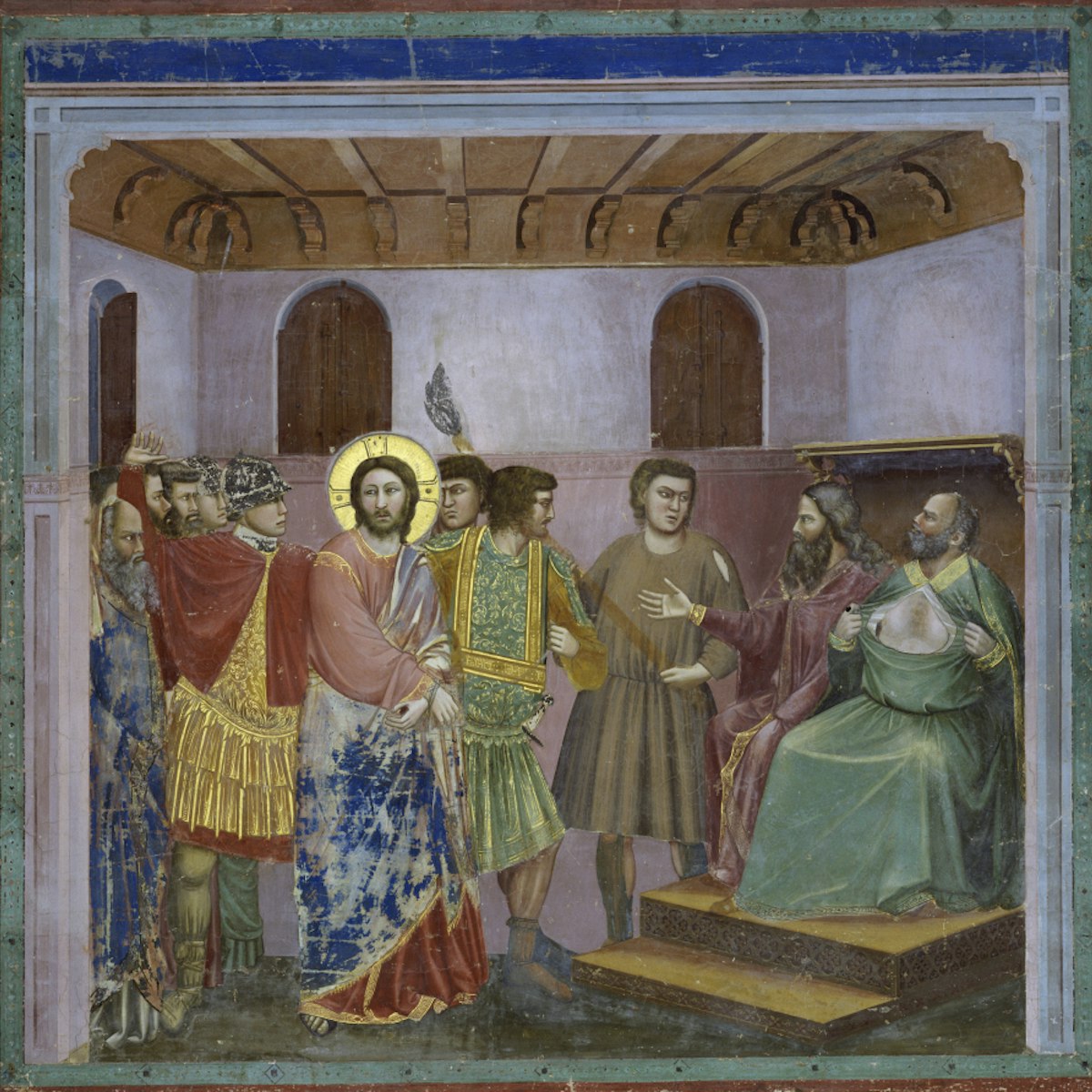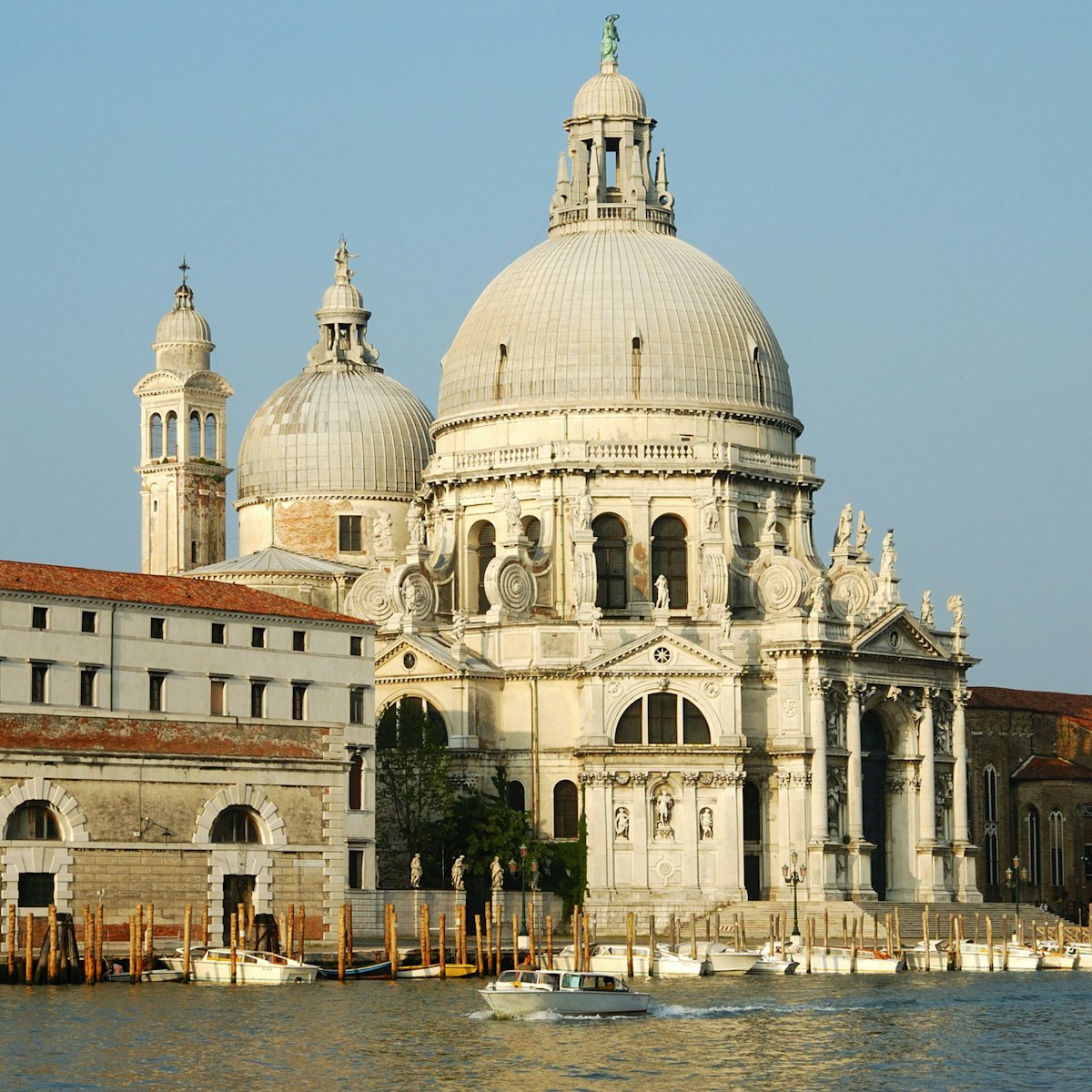Sometimes called the Turkish Synagogue, the Schola Levantina was founded in 1541 as the first to serve the Ghetto's Sephardic community. Its renovated 17th-century interiors are often attributed to Baldassare Longhena. It's not usually open to the public.

© Didier Descouens
œ„∏€¡˘∫œ≤ º¥ ±ø™Ω±'s must-see attractions

0.98 MILES
With a profusion of domes and more than 8000 sq metres of luminous mosaics, Venice's cathedral is unforgettable. It was founded in the 9th century to…

1.04 MILES
Holding pride of place on the waterfront, this pretty Gothic confection may be an unlikely setting for the political and administrative seat of a great…

21.82 MILES
Padua's version of the Sistine Chapel, the Cappella degli Scrovegni houses one of Italy's great Renaissance masterpieces – a striking cycle of Giotto…

0.93 MILES
Venice's historic gallery traces the development of Venetian art from the 14th to 19th centuries, with works by all of the city's artistic superstars. The…

0.06 MILES
In medieval times this part of Cannaregio housed a getto (foundry), but it was as the designated Jewish quarter from the 16th to 19th centuries that the…

Basilica di Santa Maria della Salute
1.07 MILES
Baldassare Longhena's magnificent basilica is prominently positioned near the entrance to the Grand Canal, its white stones, exuberant statuary and high…

0.78 MILES
Baroque dreams come true at this Baldassare Longhena–designed Grand Canal palazzo (mansion), where a marble staircase leads to a vast gilded ballroom and…

1 MILES
After losing her father on the Titanic, heiress Peggy Guggenheim became one of the great collectors of the 20th century. Her palatial canalside home,…
Nearby Venice attractions
0.02 MILES
The Ghetto's largest synagogue was founded by Portuguese and Spanish refugees around 1580. Its current grand incarnation, dating from the 17th century,…
0.04 MILES
The wooden cupola of the 1575 Italian Synagogue protrudes above private apartments at the centre of the Ghetto's main square. The Italians were the…
0.05 MILES
The Schola Canton was built c 1531, with gilded rococo interiors added in the 18th century. Though European synagogues typically avoid figurative imagery,…
0.05 MILES
This museum explores the history of Venice’s Jewish community and showcases its pivotal contributions to Venetian, Italian and world history. Opened in…
0.06 MILES
The Schola Tedesca has been the spiritual home of Venice’s Ashkenazi community since 1528. By 16th-century Venetian law, only the German Jewish community…
0.06 MILES
In medieval times this part of Cannaregio housed a getto (foundry), but it was as the designated Jewish quarter from the 16th to 19th centuries that the…
0.15 MILES
This hefty-domed 18th-century church contains the body of St Lucy (Santa Lucia), one of the early church's most famous martyrs, who was killed in Syracuse…
0.19 MILES
The right hand of John the Baptist was once housed in this church founded in the 9th century; however, the church burned in the 14th century, and what you…